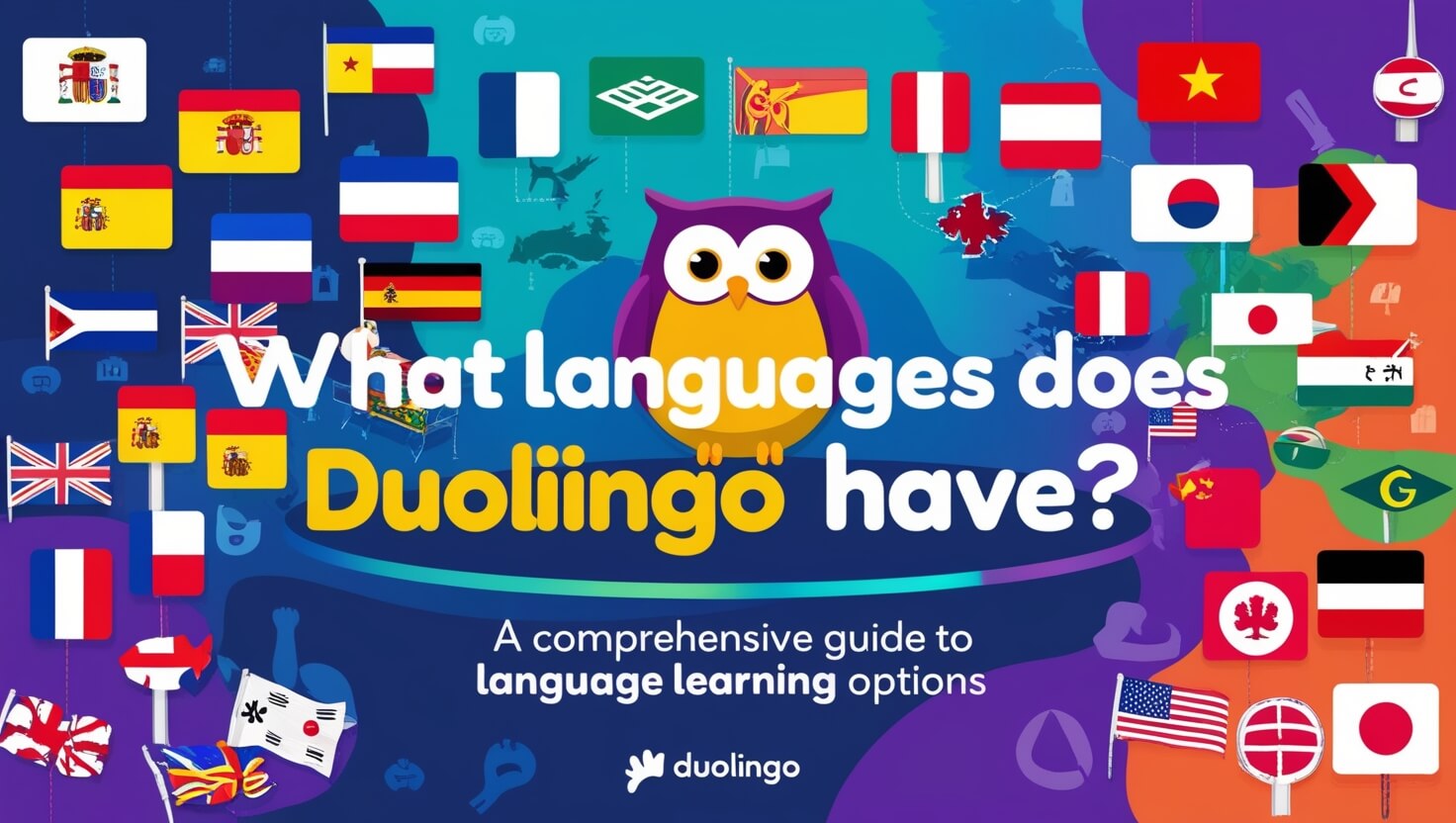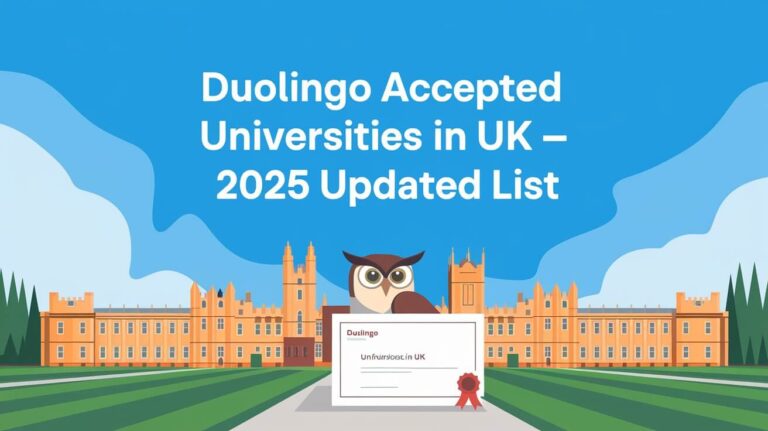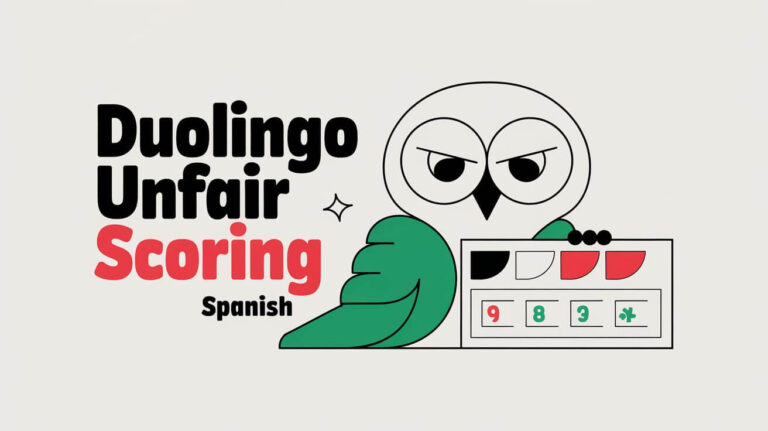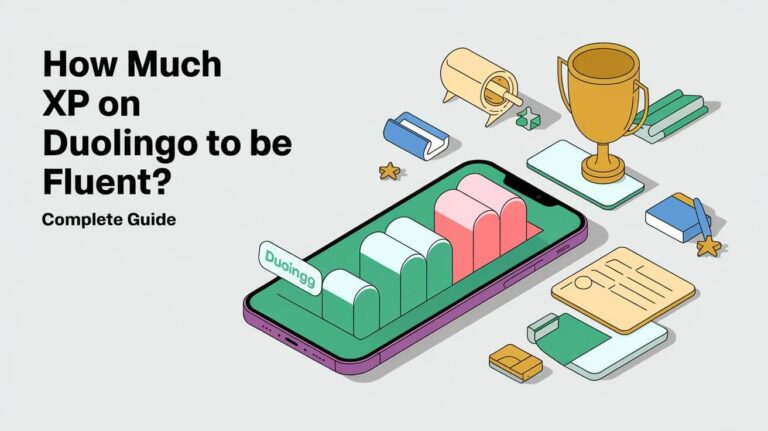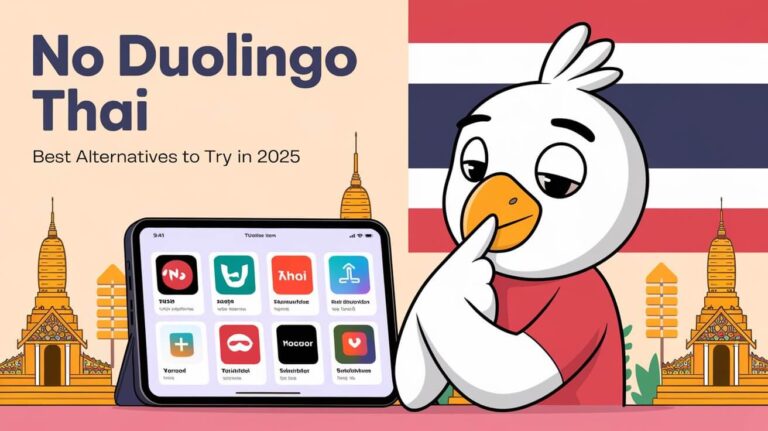Duolingo offers a diverse array of language courses, catering to learners worldwide. As of 2024, Duolingo provides 42 different language courses for English speakers, with a total of 40 languages available across various base languages. This article explores the extensive language options on Duolingo, their popularity, and how to make the most of this free language learning platform.
Introduction to Duolingo’s Language Offerings
Duolingo has revolutionized language learning since its launch in 2011. The platform’s growth has been remarkable, continually expanding its language offerings to meet the demands of a global audience.
The Evolution of Duolingo’s Language Selection
When Duolingo first started, it offered just a handful of popular languages. Today, it’s a linguistic powerhouse. The platform now includes everything from widely spoken languages like Spanish and Mandarin to less common options like Hawaiian and Navajo.
Why Duolingo’s Language Variety Matters
The wide range of languages on Duolingo reflects the platform’s commitment to making language learning accessible to everyone. Whether you’re preparing for a trip, connecting with your heritage, or simply curious about a new culture, Duolingo likely has a course for you.
Current Language Courses Available on Duolingo
Duolingo’s language selection is impressive and keeps growing. Let’s look at the current offerings and their popularity.
Most Popular Languages on Duolingo
As of June 2024, the top 10 most popular languages on Duolingo for English speakers are:
- Spanish (45.6 million learners)
- French (26.0 million learners)
- Japanese (21.5 million learners)
- Korean (17.7 million learners)
- German (17.4 million learners)
- Italian (12.2 million learners)
- Hindi (11.2 million learners)
- Chinese (9.84 million learners)
- Russian (8.20 million learners)
- Arabic (7.90 million learners)
These numbers show the global appeal of certain languages, with Spanish leading by a significant margin.
Less Common Languages You Can Learn
Duolingo also offers courses in less widely spoken languages, including:
- Hawaiian
- Welsh
- Scottish Gaelic
- Navajo
- Yiddish
These courses cater to those interested in preserving endangered languages or exploring their cultural heritage.
Fictional and Constructed Languages
For fans of popular culture and language enthusiasts, Duolingo offers courses in fictional languages:
- High Valyrian (from Game of Thrones)
- Klingon (from Star Trek)
There’s also a course in Esperanto, a constructed language designed for international communication.
Breakdown of Duolingo’s Language Courses by Region
Duolingo’s language offerings span the globe. Let’s explore the courses available by region.
European Languages
European languages make up a significant portion of Duolingo’s offerings. These include:
- Romance languages: Spanish, French, Italian, Portuguese, Romanian
- Germanic languages: German, Dutch, Swedish, Danish, Norwegian
- Slavic languages: Russian, Polish, Ukrainian, Czech
- Other European languages: Greek, Irish, Finnish, Hungarian
Asian Languages
Duolingo has expanded its Asian language offerings in recent years. Current options include:
- East Asian languages: Chinese (Mandarin), Japanese, Korean
- South Asian languages: Hindi
- Southeast Asian languages: Vietnamese, Indonesian
African Languages
While less represented, African languages are gaining traction on Duolingo:
- Swahili
- Zulu
Languages of the Americas
Duolingo offers several languages native to the Americas:
- Navajo
- Hawaiian
- Haitian Creole
How Duolingo Selects New Languages to Add
Duolingo’s process for adding new languages is a mix of strategic planning and community involvement.
The Language Incubator Program
In the past, Duolingo used the Language Incubator program to develop new courses. This allowed volunteers to contribute to course creation. While the Incubator closed in 2021, its impact on Duolingo’s language diversity was significant.
Community-Driven Language Development
Duolingo still relies on community feedback to gauge interest in new languages. User requests and engagement play a role in determining which languages to prioritize for future development.
Duolingo’s Most Recent Language Additions
Duolingo continually updates its language offerings to meet learner demands.
Newest Courses and Their Reception
One of the most recent additions to Duolingo is the Intermediate English course for English speakers, which has quickly gained popularity. As of June 2024, it ranks 12th among all language courses with 4.79 million learners.
Languages in Beta Testing
While Duolingo doesn’t currently have any languages in beta testing, they’re always working on improving existing courses and considering new additions.
Languages for English Speakers vs. Other Base Languages
Duolingo offers courses for speakers of various languages, not just English.
Courses Available for Non-English Speakers
Duolingo provides English courses in 26 different languages, allowing speakers of various languages to learn English. This makes Duolingo a valuable tool for English language learners worldwide.
Unique Language Pairs on Duolingo
Some interesting language pairs on Duolingo include:
- Catalan for Spanish speakers
- Cantonese for Mandarin Chinese speakers
These pairings cater to specific linguistic communities and regional needs.
Comparing Duolingo’s Language Offerings to Other Platforms
Duolingo stands out in the language learning app market due to its wide range of free courses.
How Duolingo Stacks Up Against Competitors
While other platforms might offer more in-depth courses or specialize in certain languages, Duolingo’s breadth of offerings and gamified approach set it apart.
Unique Features of Duolingo’s Language Courses
Duolingo’s courses include features like:
- Stories for reading comprehension
- Podcasts for select languages
- Duolingo Events for community practice
These features enhance the learning experience beyond basic vocabulary and grammar exercises.
The Quality and Depth of Duolingo’s Language Courses
Not all Duolingo courses are created equal. The quality and depth can vary significantly between languages.
Variations in Course Completeness
More popular languages like Spanish and French tend to have more comprehensive courses with additional features like Stories and Podcasts. Less common languages might have more basic content.
Languages with the Most Comprehensive Content
As of 2024, the most comprehensive Duolingo courses for English speakers are:
- Spanish
- French
- German
- Italian
- Portuguese
- Japanese
These courses benefit from regular updates, extensive lesson trees, and additional learning materials.
Tips for Choosing Which Language to Learn on Duolingo
Selecting a language to learn on Duolingo depends on various factors.
Factors to Consider When Selecting a Language
- Personal interest or cultural connection
- Professional or academic requirements
- Travel plans
- Course completeness and available features
- Similarity to languages you already know
Combining Duolingo with Other Learning Resources
While Duolingo is an excellent starting point, it’s best used in combination with other resources:
- Language exchange apps for conversation practice
- Grammar books for in-depth explanations
- Native content (movies, books, podcasts) for immersion
Future of Language Learning on Duolingo
Duolingo continues to evolve, with plans for new languages and improved learning experiences.
Potential New Language Additions
While Duolingo hasn’t announced specific new languages, there’s ongoing community interest in additions like:
- Tagalog
- Thai
- Farsi
- Maori
Improvements and Updates to Existing Courses
Duolingo consistently updates its courses. Recent improvements include:
- The introduction of Duolingo Max, leveraging AI for more personalized learning
- Expansion of the Stories feature to more languages
- Regular content updates to keep lessons relevant and engaging
Conclusion: The Expanding World of Duolingo Languages
Duolingo’s language offerings continue to grow and improve, making it a go-to platform for language learners worldwide.
Recap of Duolingo’s Language Offerings
With 42 languages available for English speakers and courses for speakers of 26 other languages, Duolingo provides a vast array of options for language enthusiasts.
Final Thoughts on Duolingo’s Role in Language Learning
Duolingo has democratized language learning, making it accessible and enjoyable for millions. While it’s not a complete solution for achieving fluency, it’s an excellent starting point and supplement for language learners of all levels.
Whether you’re looking to learn a widely spoken language like Spanish or exploring niche options like High Valyrian, Duolingo has something for everyone. The platform’s commitment to expanding its offerings and improving its courses ensures that learners will continue to benefit from this free resource for years to come.
So, what language will you learn next on Duolingo? With so many options available, the hardest part might be choosing just one!

